Analogue-style strings and pads are a staple of techno, house and pretty much any other dance genre you can think of. We explain how to create amazing analogue strings in any subtractive synth plugin.
Before digital synthesis came of age in the 1980s, pretty much the only game in town for creating lush polyphonic strings and pads was analogue subtractive synthesis – using oscillators, filters and modulators.
Despite the advances in synthesis over the last three decades, analogue strings have remained the benchmark of dance music pads. Here we’re going to recreate their classic sound using Steinberg’s Retrologue, although any decent subtractive synth plugin should be up to the task.
The First Lick
A good place to start with any synth is to create a very basic preset without any filtering or modulation. I usually save this as my ‘vanilla’ preset. Here’s how it looks in Retrologue (click to enlarge):
And how it sounds:
Audio PlayerHip To Be Square
So, starting from your basic vanilla patch, set the first oscillator to a generate a square (or pulse) wave – this provides a rich timbral starting point made up of odd harmonics.
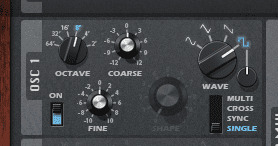
We can add movement by applying some pulse width modulation (PWM) using an LFO. In effect this makes the width of the qquare wave vary between narrow and wide settings, modulating the harmonic content:
Audio PlayerWe’re using LFO2 set to a sine wave to achieve this – the speed shouldn’t be too fast, and the depth should be moderate. You’ll notice that we use the synth’s modulation matrix to configure this, with ‘LFO 2’ as the source, and ‘Osc1 Shape’ the destination. Most plugins offer a similar modulation routing system.

Now we adjust the attack and release times using the amp envelope sliders…
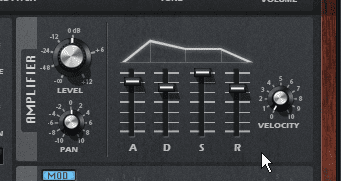
…and apply some low-pass filtering with a small amount of resonance to go for a mellower tone.
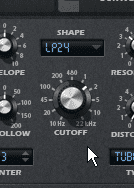
The Saw Franchise
With the basic sound in place, we can make things more interesting by adding a second oscillator an octave higher than the first. Notice how it’s been made to sound slightly sharper than the first oscillator using the ‘Fine’ tuning control. This time we’re using a sawtooth wave rather than the pulse wave of the first oscillator.
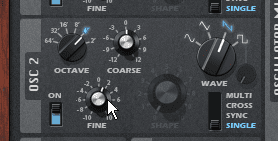
This works best when it’s mixed slightly quieter than the main oscillator.
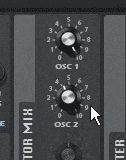
We’ve also tweaked the filter envelope to provide a small amount of timbral variation over the course of each note.
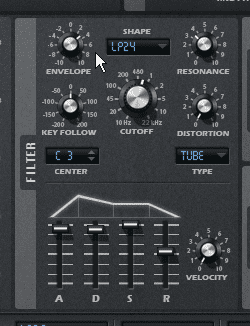
Next we’ll add some vibrato, introduce some analogue randomness and start thinking about effects…
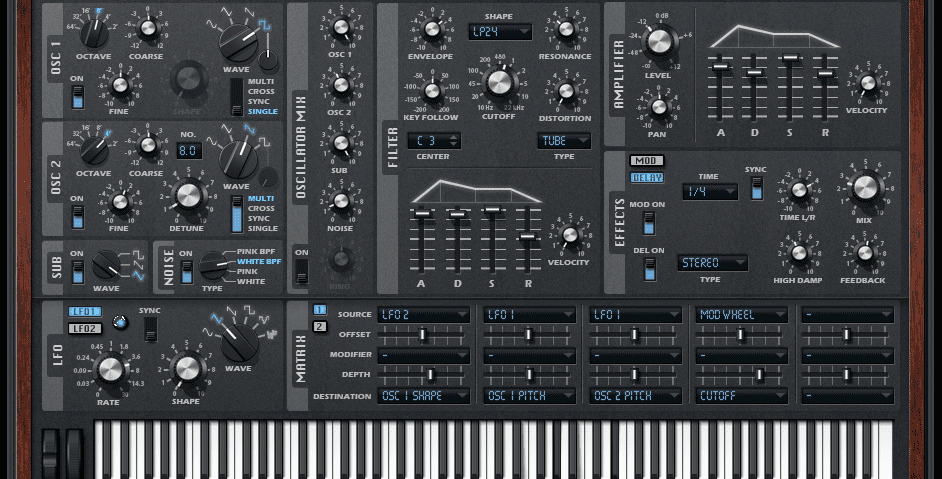
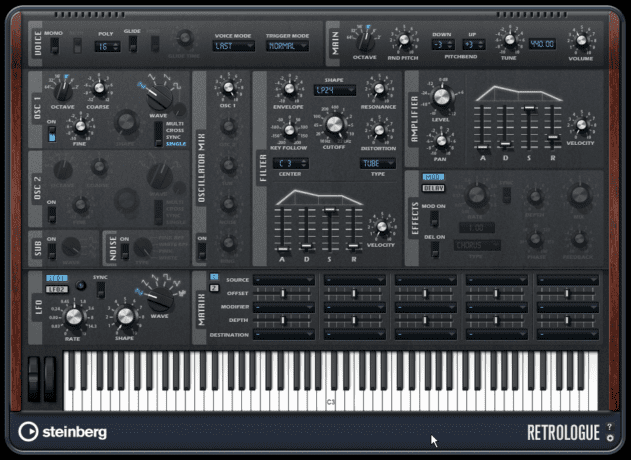
09.57 AM
Nice one 🙂
01.58 PM
Awesome!
04.16 PM
Very interesting, I’m going to have to try to make a patch like this!
12.48 AM
protip, strings are all about non-repetative movement. This article may have said so but I didn’t bother reading it. my suggestion is to make this patch on two different synths and layering them to create more motion.
04.02 PM
@Wolf-Ray. Always good to comment on an article you’ve not read 🙂 Keep up the good work!
02.43 AM
Love this! Will put this into practise, tonight!!!
09.02 PM
Ty for the awesome tutorial! 🙂
09.24 PM
Thnx for this tutorial! Very helpful info as usual. Could you tell me the chords that were used?
02.16 PM
HI Niels,
Glad you found it helpful. As far as I can remember they were – Emaj7, Dmaj7 and GbMaj7.
06.38 PM
I hated myself all the way through working this out, spent a few hours and now I am king of the world. Very happy, thank you for putting these together. A HUGE help.
03.08 PM
how can i get to the vanila preset sound in circle 2 ? can someone help ?